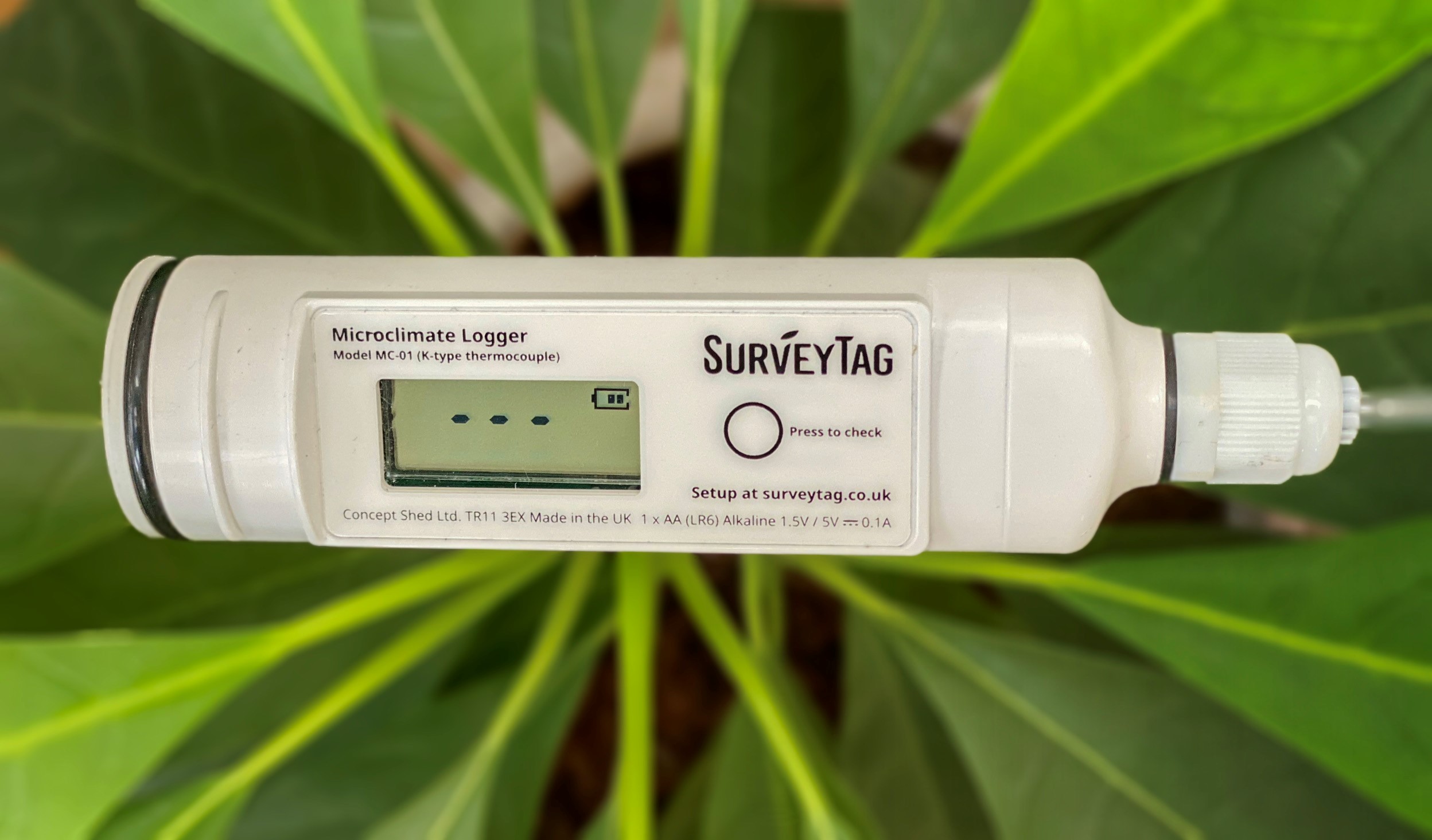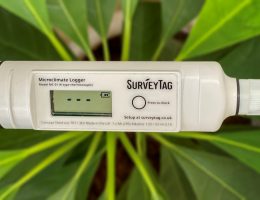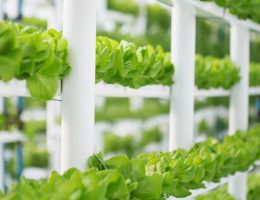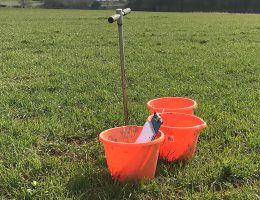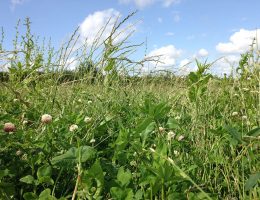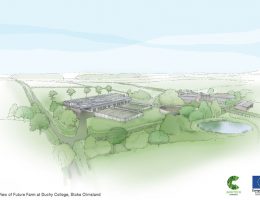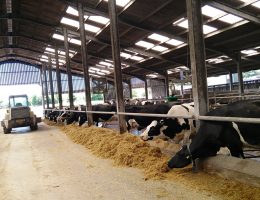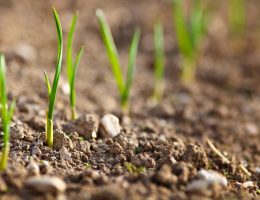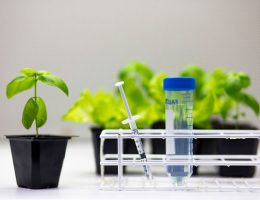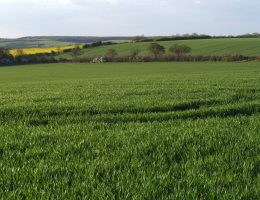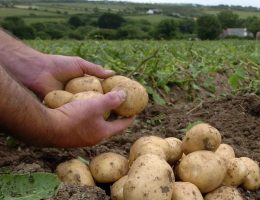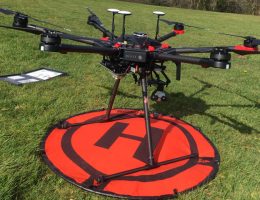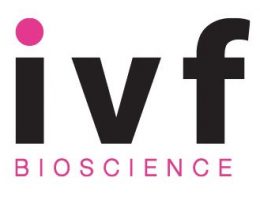Changes to our climate, globally, inevitably mean changes to environmental conditions locally. This leads to an increased need for accurate but affordable ways to monitor light, nutrient, temperature and moisture conditions, because economically important factors such as pest outbreaks, frost damage and irrigation requirements are directly related to these changed conditions.
The global agricultural sensor market was valued at USD 8.61 billion in 2019 and expected to rise 13.5% annually to 2025. However, products tend either to be prohibitively expensive, or much cheaper but with margins of error so wide as to make them unusable. Hence the aim to develop consumer-grade, relatively inexpensive sensors capable of obtaining measurements with an accuracy of ~5%
During the project we initially looked into seven different kinds of environmental sensor, but narrowed this down to four (temperature and humidity, soil moisture, solar illuminance and wind speed and direction). Attempting more would have been impossible within the project’s timeframe, especially given Covid’s delays. We researched the size of the potential domestic and international market, and worked with two SMEs (Concept Shed Ltd, based in Falmouth, and Torbett Designs Ltd, of Bristol) to build and market a low-cost prototype microclimate temperature sensor (and develop their capability to build the other sensors to order).
This process involved rigorous testing of the prototyped devices against research-grade instrumentation. The sensor we developed differs from existing products as it measures temperatures accurately close to the ground and in direct sunlight. Radiation from the sun, clouds, the ground and other surrounding objects passes through air without appreciably changing its temperature, but thermometers in the open can absorb radiation, affecting their temperature, hence the unreliability of existing low-cost products.
Over and above achieving a new business assist and helping to bring a new product to market, the project has seen the production of 200 temperature loggers as well as provisional promises to purchase 1,000 more, from Finland, Sweden, Belgium and Switzerland, as well as the UK.
The sensor will be commercially available from Jan 2022, and officially launched in March. From May, using capital from initial sales, we anticipate extending the range of products on offer, focusing on sensors developed during the initial prototype-building detailed above.

